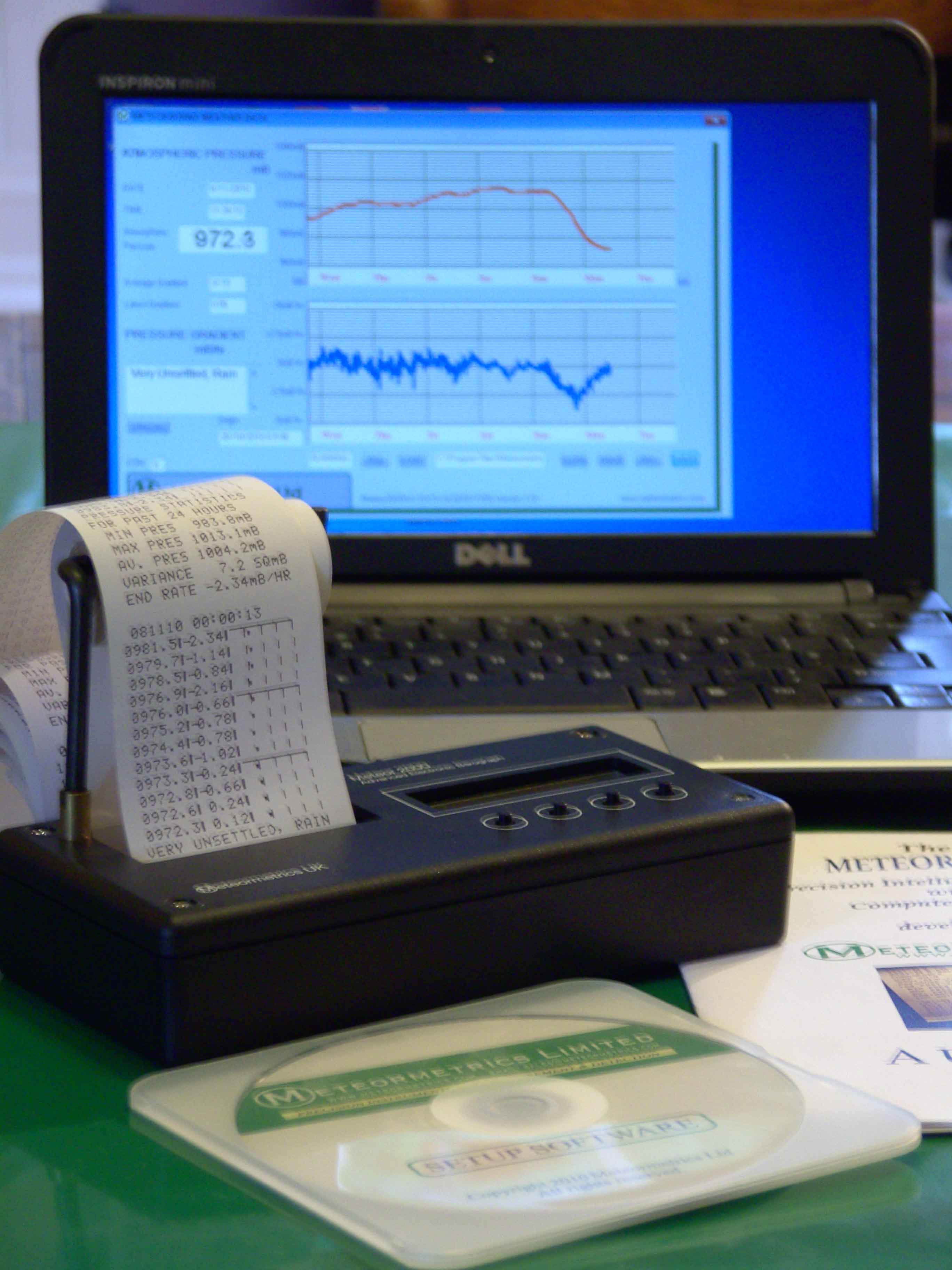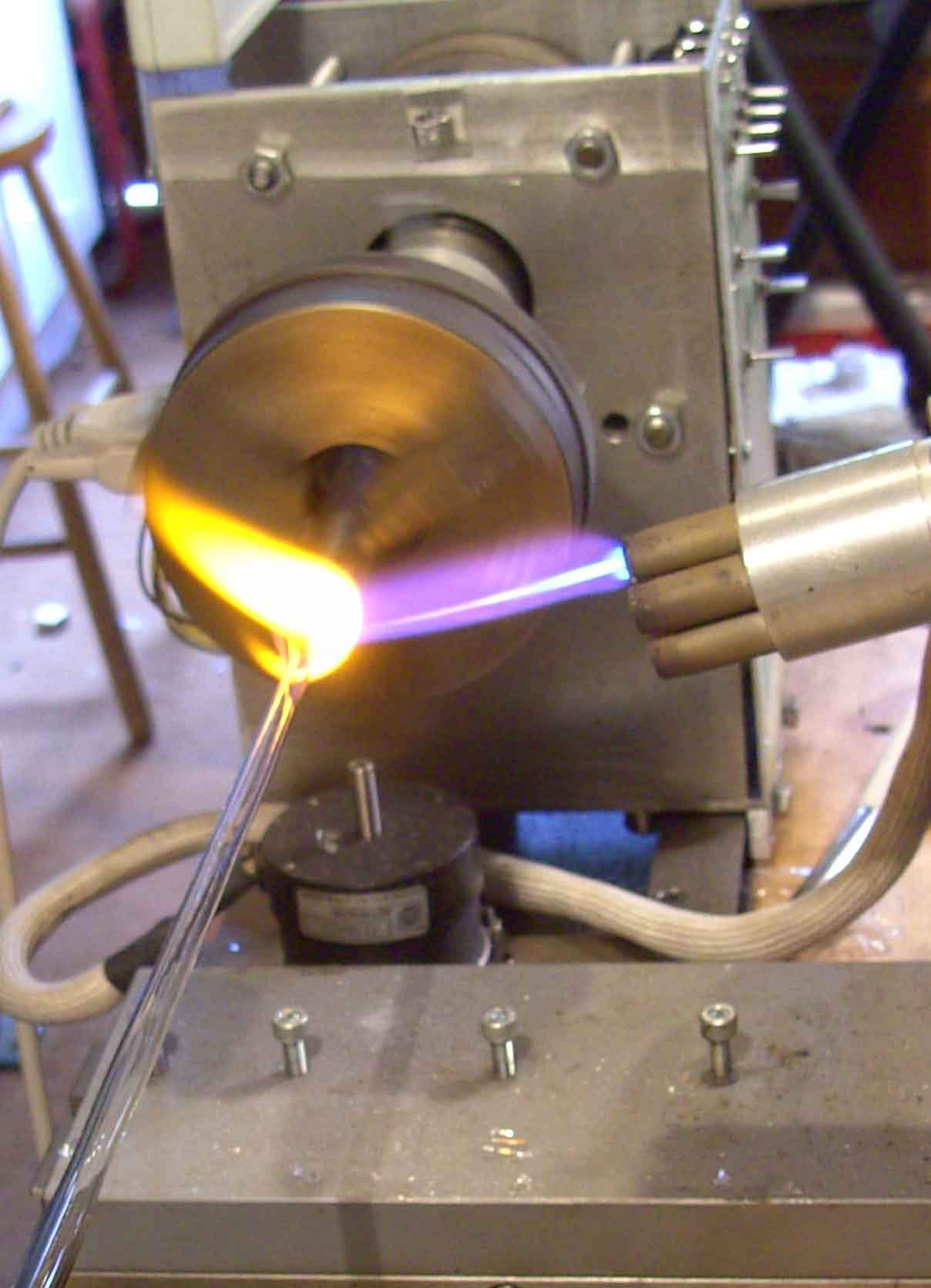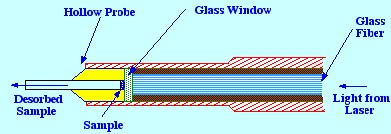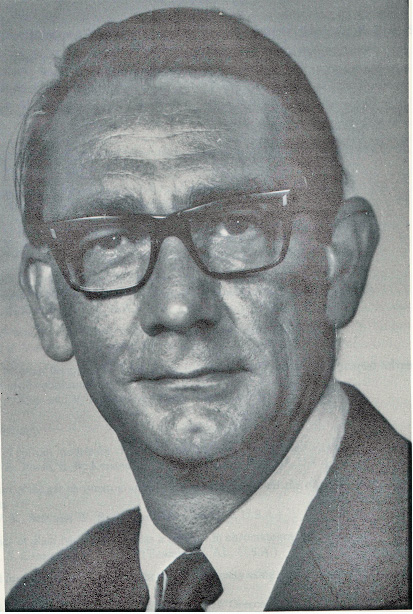ANALYTICAL SPECTROSCOPY
by Raymond P. W. Scott
D.Sc., F.R.S.C., C.Chem., C.Sci. F.A.I.C, F.C.S.
Essential Information for the Analytical Chemist

Specialising in custom-designed, precision scientific instruments, built, programmed and calibrated
to the most exacting standards. The range includes precision dataloging barographs,
with built-in statistical analysis, Barographic Transient Event Recorders
and computer-interfaced detectors and sensors
for environmental monitoring & process control.

A site dedicated to scientific techniques, experimental methods, &
investigative tools for the inventor, researcher
and laboratory pioneer. Articles on glassblowing, electronics, metalcasting, magnetic
measurements with new material added continually. Check it out!
www.drkfs.net
Laser Desorption Ionization
The laser can serve two
purposes, one to
desorb the sample as vapor into the ionizing system, and two, to
actually produce the sample ions. However, ions created by pulsed
lasers produce bursts of ions and are obviously
unsuitable for
use with a scanning spectrometer. Intermittent ion production,
however, is compatible with the time of flight (TOF) mass
spectrometer, which can record all the ions produced by each laser
pulse. Another advantage of this combination is the nearly
unlimited mass range of this particular type of
mass
spectrometer. A diagram of the laser desorption/time of flight mass
spectrometer combination is shown in figure 13.
The sample is placed on a probe
that
receives high–energy laser pulses from a carbon dioxide laser.
An expanding argon stream propels the bursts of vaporized sample from
a 100 μm orifice, through a
skimmer, into the accelerating section of the mass spectrometer. In
this section, the molecules are again subjected to a high–energy
laser light beam, this time from a dye laser, which produces ions by
photo–ionization.
The ions
that are formed are immediately accelerated through the region into a
drift section of the mass spectrometer, where they are deflected by
an ion reflector, to an electron multiplier.

Laser desorption can also be
used with
conventional electron impact and high–pressure chemical
ionization sources, and also in conjunction with other ionization
modes. A diagram of a sample probe that can be used with an electron
impact ion source is shown in figure 14.

The
laser light is focused by means of suitable lenses onto an optical
fiber pipe, which passes though the probe and onto a glass window at
the end of the probe. The sample is placed next to the glass window
and the desorbed molecules pass along the hollow tube to be ionized
by electron impact. This type of desorption causes very little
thermal degradation, and has been used satisfactorily for measuring
the spectra of labile materials, such as certain antibiotics.

About the Author
RAYMOND PETER WILLIAM SCOTT was born on June 20 1924 in Erith, Kent, UK. He studied at the
University of London, obtaining his B.Sc. degree in 1946 and his D.Sc. degree in 1960.
After spending more than a decade at Benzole Producers, Ltd. Where he became head of
the Physical Chemistry Laboratory, he moved to Unilever Research Laboratories as
Manager of their Physical Chemistry department. In 1969 he became Director of Physical
Chemistry at Hoffmann-La Roche, Nutley, NJ, U.S.A. and subsequently accepted the position
of Director of the Applied Research Department at the Perkin-Elmer Corporation, Norwalk, CT, U.S.A.
In 1986 he became an independent consultant and was appointed Visiting Professor at Georgetown
University, Washington, DC, U.S.A. and at Berkbeck College of the University of London; in 1986
he retired but continues to write technical books dealing with various aspects of physical chemistry
and physical chemical techniques. Dr. Scott has authored or co-authored over 200 peer reviewed
scientific papers and authored, co-authored or edited over thirty books on various aspects of
physical and analytical chemistry. Dr. Scott was a founding member of the British chromatography
Society and received the American Chemical society Award in chromatography (1977), the
M. S. Tswett chromatography Medal (1978), the Tswett chromatography Medal U.S.S.R., (1979),
the A. J. P. Martin chromatography Award (1982) and the Royal Society of Chemistry Award in
Analysis and Instrumentation (1988).
Dr. Scott’s activities in gas chromatography started at the inception of the technique,
inventing the Heat of Combustion Detector (the precursor of the Flame Ionization Detector),
pioneered work on high sensitivity detectors, high efficiency columns and presented fundamental
treatments of the relationship between the theory and practice of the technique.
He established the viability of the moving bed continuous preparative gas chromatography,
examined both theoretically and experimentally those factors that controlled dispersion
in packed beds and helped establish the gas chromatograph as a process monitoring instrument.
Dr. Scott took and active part in the renaissance of liquid chromatography,
was involved in the development of high performance liquid chromatography and invented
the wire transport detector. He invented the liquid chromatography mass spectrometry
transport interface, introduced micro-bore liquid chromatography columns and used them
to provide columns of 750,000 theoretical plates and liquid chromatography separations
in less than a second.
Dr. Scott has always been a “hands-on” scientist with a remarkable record of accomplishments in chromatography ranging from hardware design to the development of fundamental theory. He has never shied away from questioning “conventional wisdom” and his original approach to problems has often produced significant breakthroughs.




